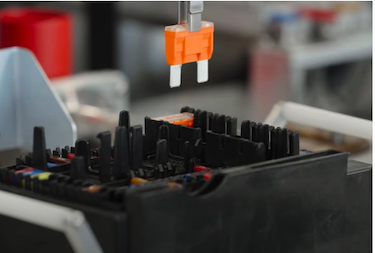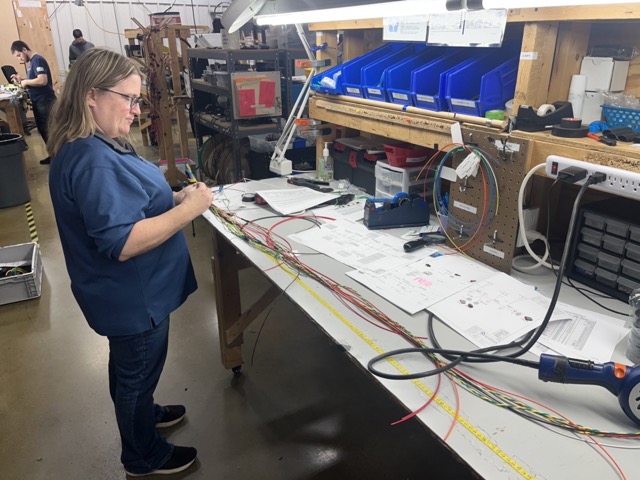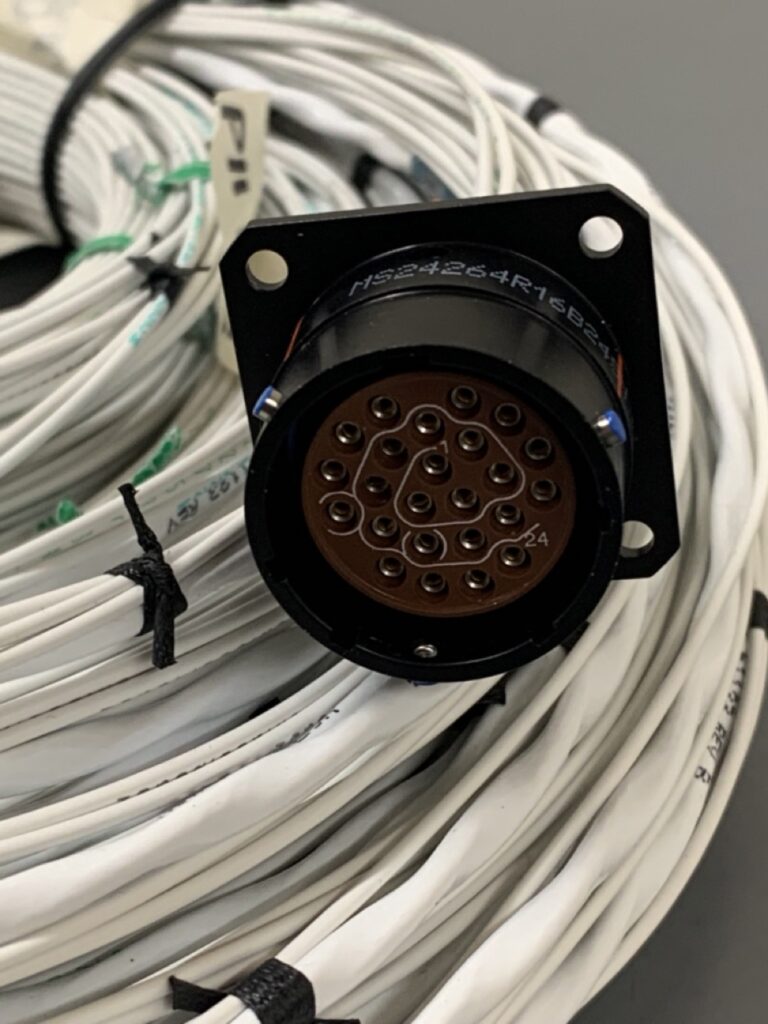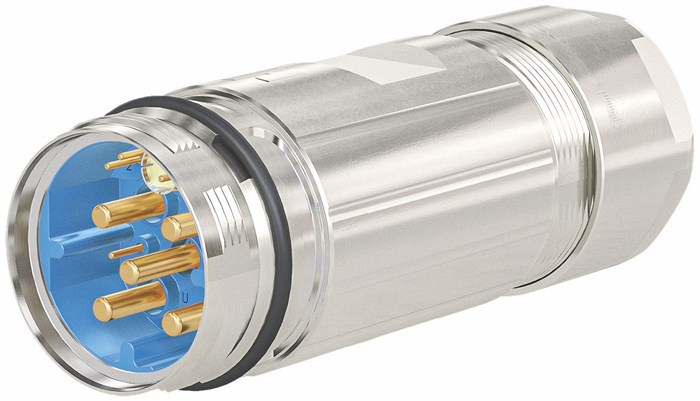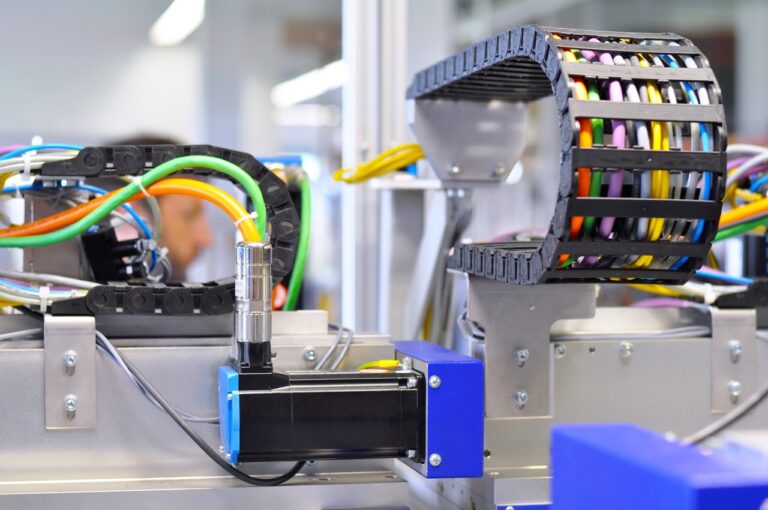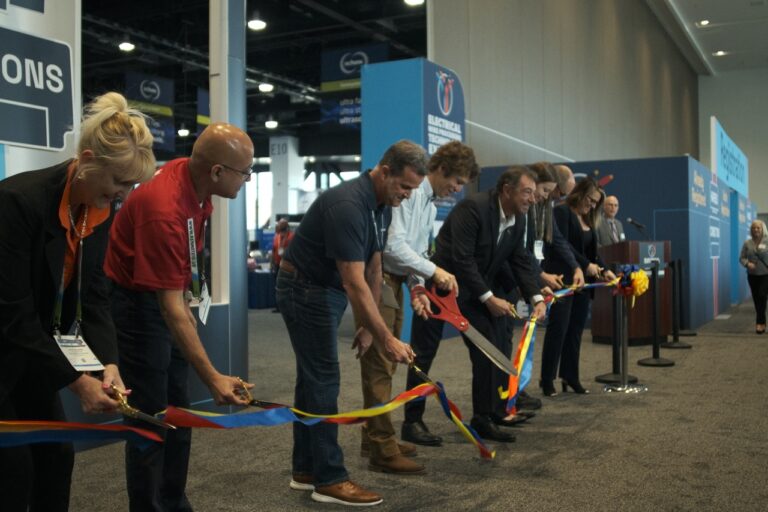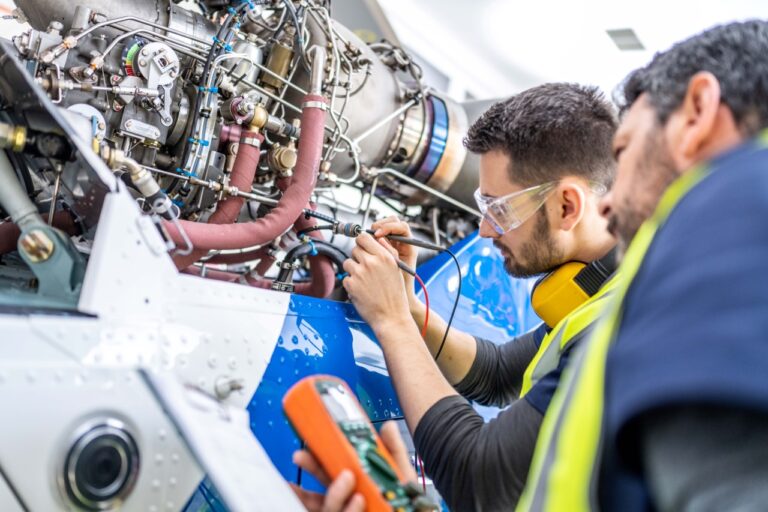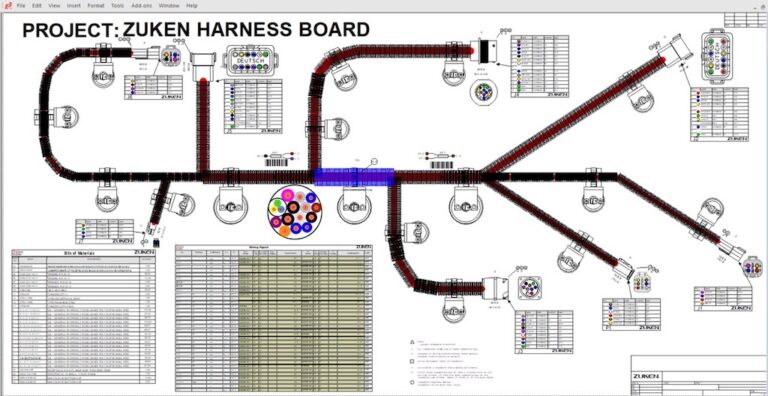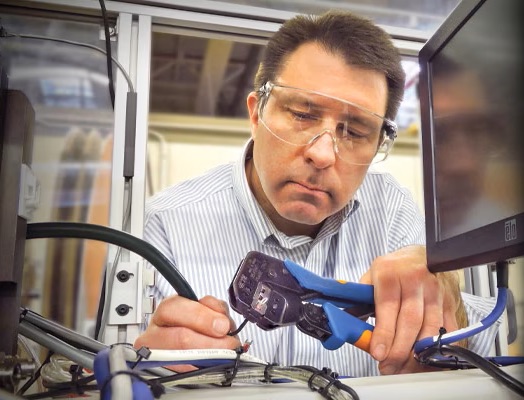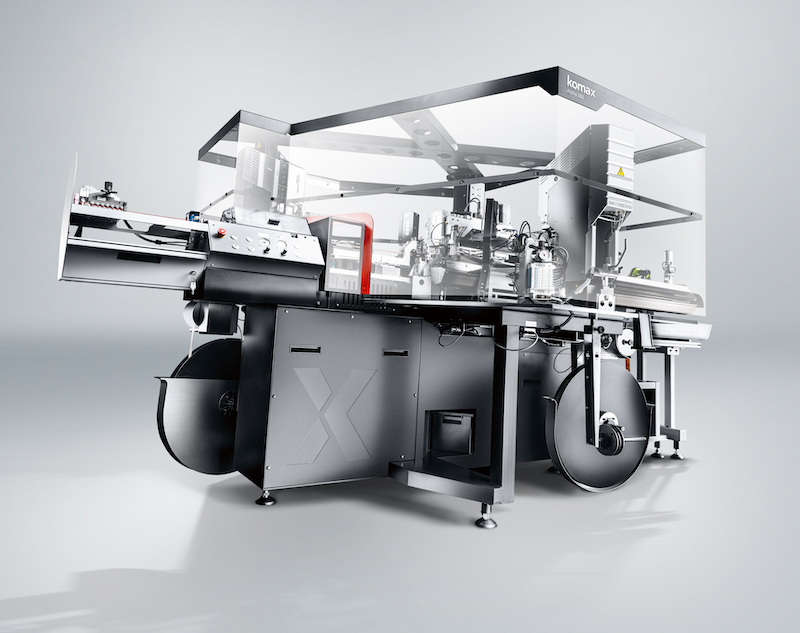The world of manufacturing is undergoing a dramatic transformation, with technological advancements driving the next wave of industrial change. One company at the forefront of this revolution is Komax, the global leader in wire processing automation. During a recent presentation at the Zuken Innovation World event in Cleveland, George Tilli, Komax’s Digital Product Manager for North and Central America, outlined the company’s approach to digitalization and their vision of the future, including the concept of the Smart Factory automation, and their ” Data2Wire ” initiative for control cabinet manufacturing.
This article delves into the key points presented by George, exploring Komax’s journey into Industry 4.0, their Smart Factory concept, and how their innovations are shaping the future of wire processing.
Understanding Industry 4.0 and the Need for Digitalization
The manufacturing landscape is changing rapidly, and the integration of digital technologies is no longer a luxury but a necessity. George opened his presentation by highlighting the global shift towards digitalization, often referred to as Industry 4.0. This term encompasses the merging of traditional manufacturing processes with the latest in digital and information technologies, creating an interconnected, intelligent, and efficient industrial ecosystem.
One of the driving forces behind Industry 4.0 is the Internet of Things (IoT) and, more specifically, the Industrial Internet of Things (IIoT). These technologies allow for real-time communication between machines, enabling a seamless exchange of data across the production process. In the wire processing industry, this means that machines can now collaborate more efficiently, ensuring that all components are synchronized and tracked throughout the manufacturing cycle.
George stressed that digitalization is not confined to one stage of the process but extends from design and testing to production and shipping. This holistic approach ensures that every aspect of manufacturing is optimized, and errors can be identified and rectified before they become costly issues.
The Smart Factory Concept: Komax’s Vision for the Future
Central to Komax’s strategy is the concept of the Smart Factory, an idea that has gained significant traction in recent years. A Smart Factory is one where automation, data, and machine learning come together to optimize production processes without the need for constant human intervention.
George outlined five pillars that define Komax’s Smart Factory vision:
1. Real-Time Quality Audits: Smart Factories enable real-time monitoring and auditing of quality metrics. This means that manufacturers can immediately identify and rectify any issues in the production process, ensuring higher standards and minimizing waste.
2. On-Demand Service: Machines in the Smart Factory can communicate their needs directly, allowing for immediate servicing and reducing downtime. This reduces the reliance on human operators to monitor machine performance manually.
3. Minimal Operator Influence: Komax’s Smart Factory concept envisions a future where operators act more as overseers than hands-on technicians. Machines run with minimal human input, reducing the potential for errors and streamlining the workflow.
4. Self-Optimizing Factories: As machine intelligence continues to evolve, machines are becoming capable of self-optimization via cloud-based algorithms. This means that they can adjust their own settings based on previous performance, further enhancing efficiency.
5. Self-Service Boutique: In the future, Komax will offer access to a digital self-service boutique. Customers benefit from services such as product and spare parts ordering, web-based training, software downloads and upgrades, license management plus analysis and optimization tools.
Data: The Lifeblood of Modern Manufacturing
One of the most critical points emphasized by George was the growing importance of data in manufacturing. In today’s world, data is as vital to production as the machines themselves. With the rise of digitalization, manufacturers now have access to a wealth of information that can be used to optimize processes, reduce waste, and improve overall efficiency.
Komax’s machines are equipped with advanced sensors and data-gathering tools that allow for real-time monitoring of various production metrics, such as crimp force measurements, material verification for setups, and vision systems for checking pre and post crimp quality. This data can be analyzed to ensure that every wire, crimp, and harness meets the necessary quality standards.
Furthermore, George explained that digital twins—virtual replicas of physical products—are playing an increasingly important role in wire processing. These digital models allow manufacturers to simulate production processes before they are executed on the factory floor, reducing the risk of errors and enabling faster, more efficient production cycles.
Komax Connect: Cloud-Based Innovation
One of the standout innovations discussed during the presentation was Komax Connect, a cloud-based platform that allows manufacturers to monitor their machines from anywhere in the world. By logging into Komax Connect via a tablet, smartphone, or computer, users can view real-time data on machine performance, efficiency, and even errors. This level of visibility is invaluable in today’s fast-paced manufacturing environment, where downtime can result in significant financial losses.
As Komax continues to develop this platform, the next iteration will allow for cloud-to-cloud integration, meaning that machine data can be automatically shared with other systems, further streamlining production processes.
Data2Wire: Revolutionizing Control Cabinet Manufacturing
Perhaps the most exciting development introduced by George was Komax’s “Data2Wire” concept, which is set to transform control cabinet manufacturing. Traditionally, wiring control cabinets is a labor-intensive and time-consuming process, requiring operators to manually measure, cut, strip, and label wires based on complex schematics.
With Komax’s Data2Wire concept, these tasks are greatly simplified. By utilizing digital twins and optimized wire sequences, operators can now assemble control cabinets in a fraction of the time. George explained that this technology has the potential to reduce wiring time by up to 80%, making the process far more efficient and cost-effective.
By prefabricating wires based on optimized sequences, Komax enables operators to simply follow a “paint-by-numbers” approach, where wires are pre-labeled with their target and source locations. This eliminates the need for reading schematics when laying wires and dramatically reduces the potential for errors.
The Future of Manufacturing with Komax
As Komax continues to innovate, the future of wire processing looks bright. The company’s focus on digitalization, automation, and data-driven manufacturing promises to reshape the industry, offering manufacturers new ways to optimize their processes and improve quality.
Through their Smart Factory concept, Komax is paving the way for a future where machines operate with minimal human input, optimizing themselves through cloud-based algorithms and real-time data. Meanwhile, innovations like Komax Connect and Data2Wire ensure that manufacturers can stay connected to their machines and streamline even the most complex processes, such as control cabinet manufacturing.
In conclusion, the digital future of manufacturing is here, and companies like Komax are leading the charge. By embracing Industry 4.0 and investing in Smart Factory technologies, manufacturers can stay competitive in an increasingly data-driven world, ensuring that they remain agile, efficient, and ready to meet the demands of the modern market.
For questions or further information, please contact [email protected]
www.KomaxGroup.com
About Komax
Komax is a globally active technology company that focuses on markets in the automation sector. As a leading manufacturer of innovative and high-quality solutions for the wire processing industry, the Komax Group helps its customers implement economical and safe manufacturing processes, especially in the automotive supply sector. The Komax Group employs around 3400 people worldwide and provides sales and service support via subsidiaries and independent agents in more than 60 countries.




























